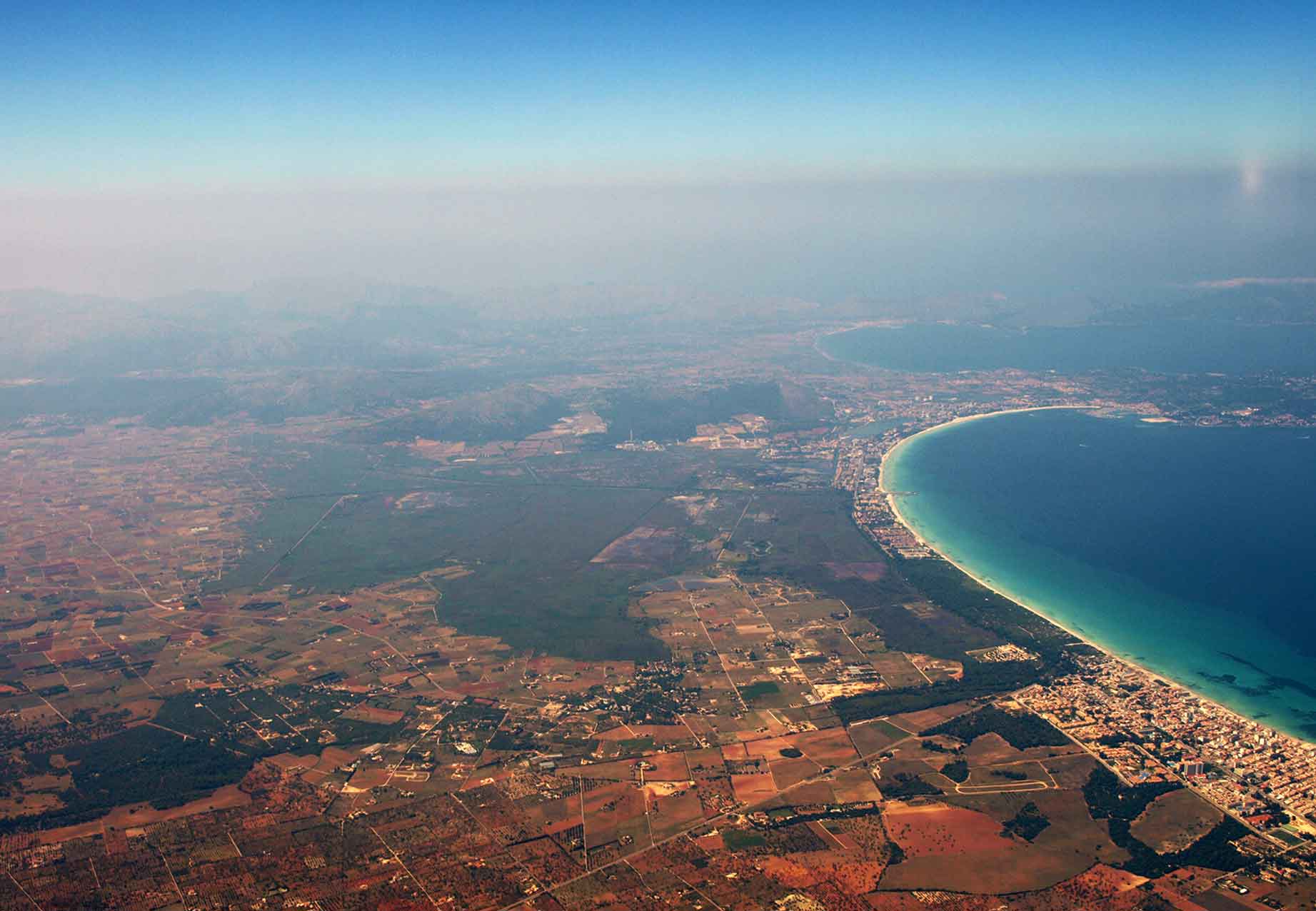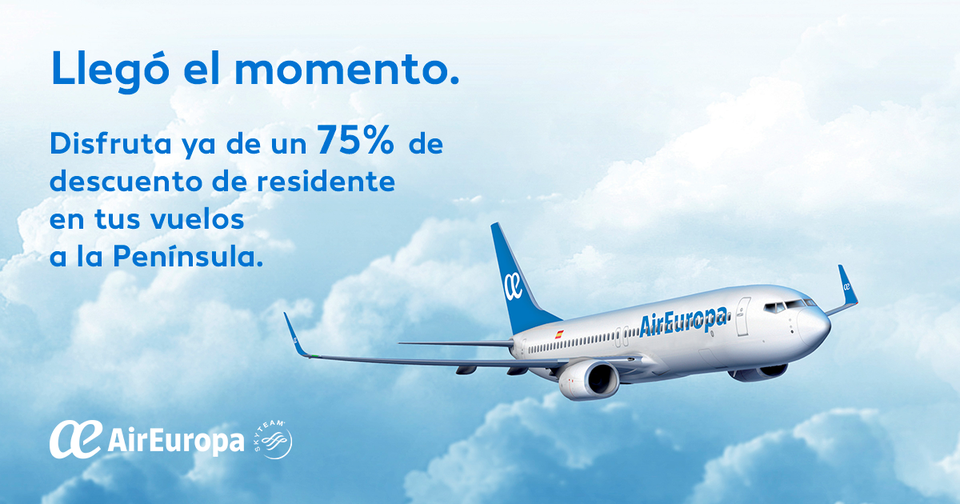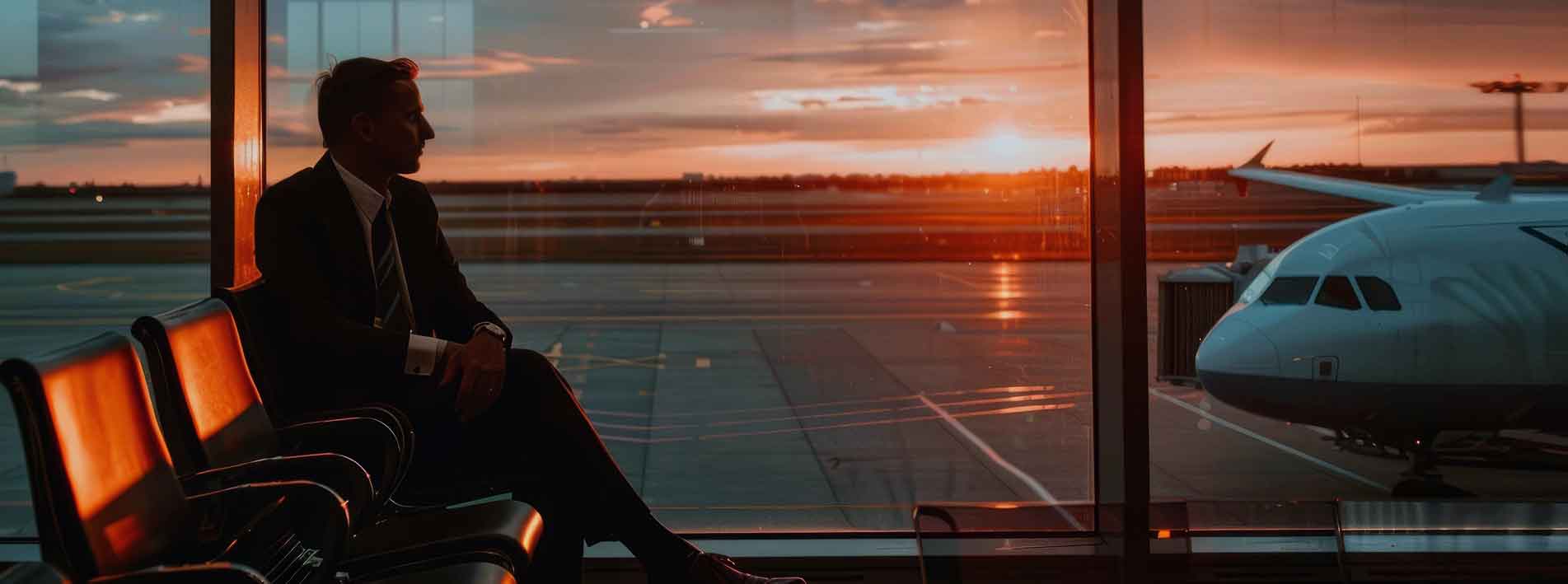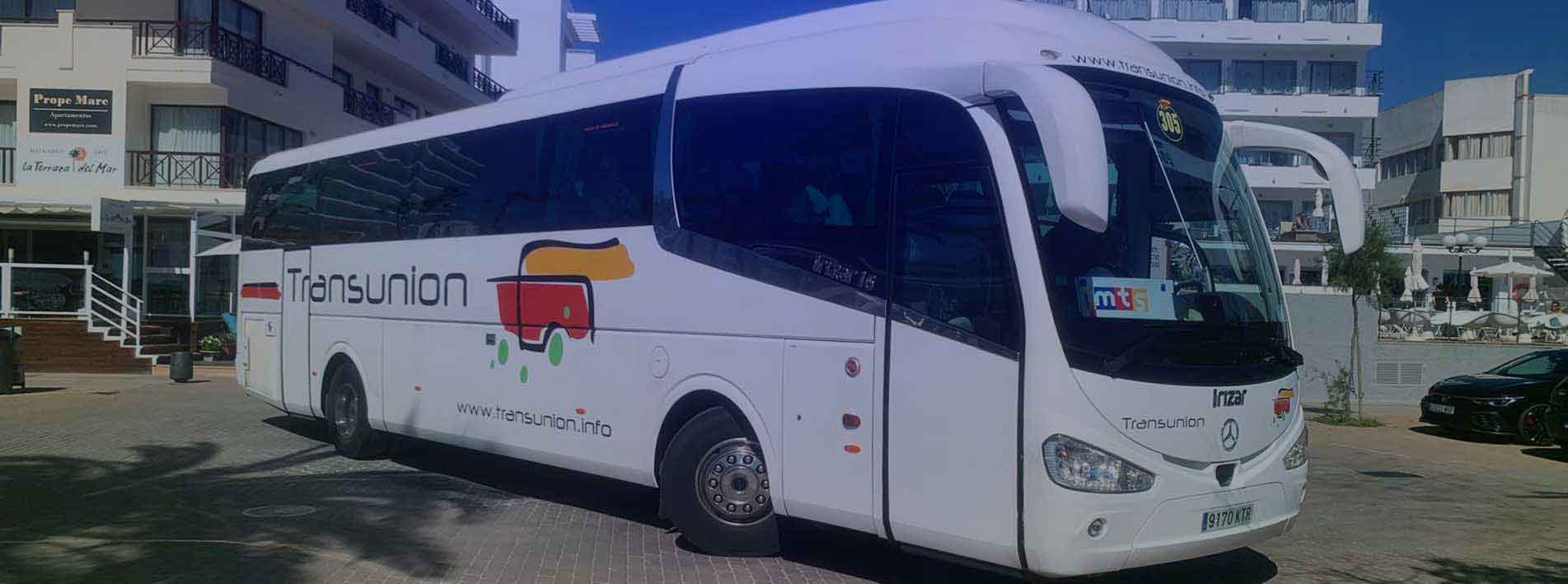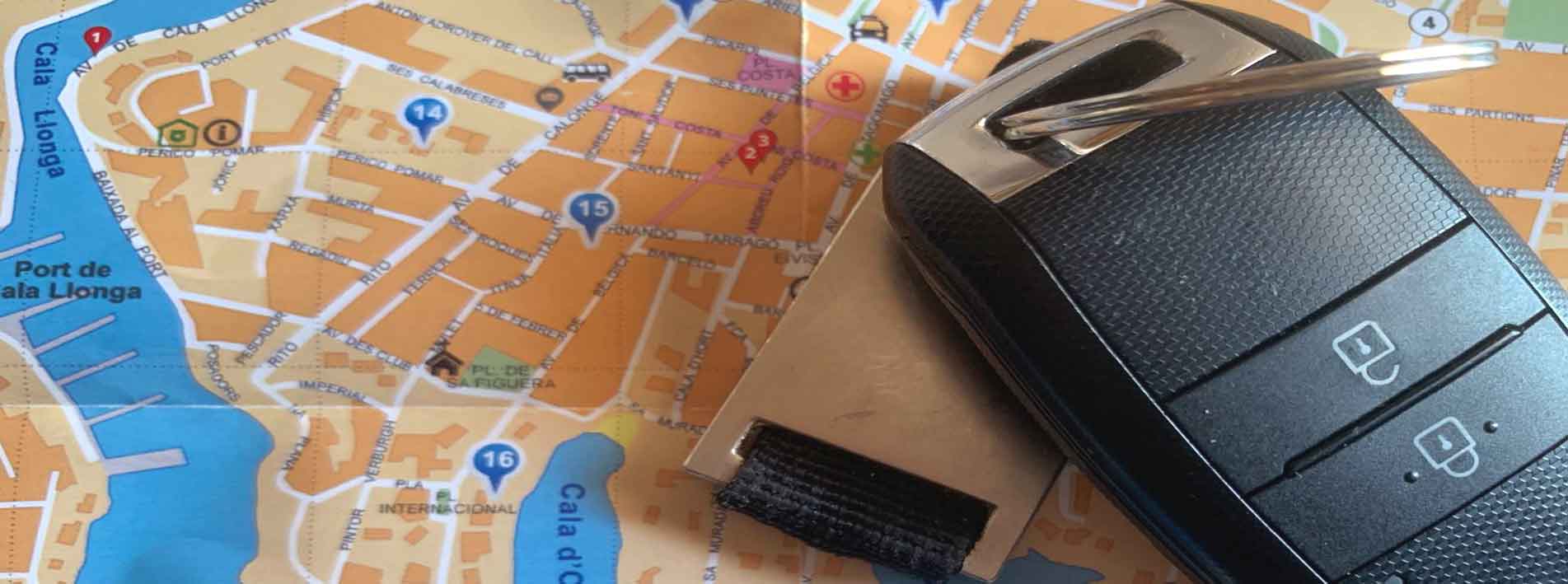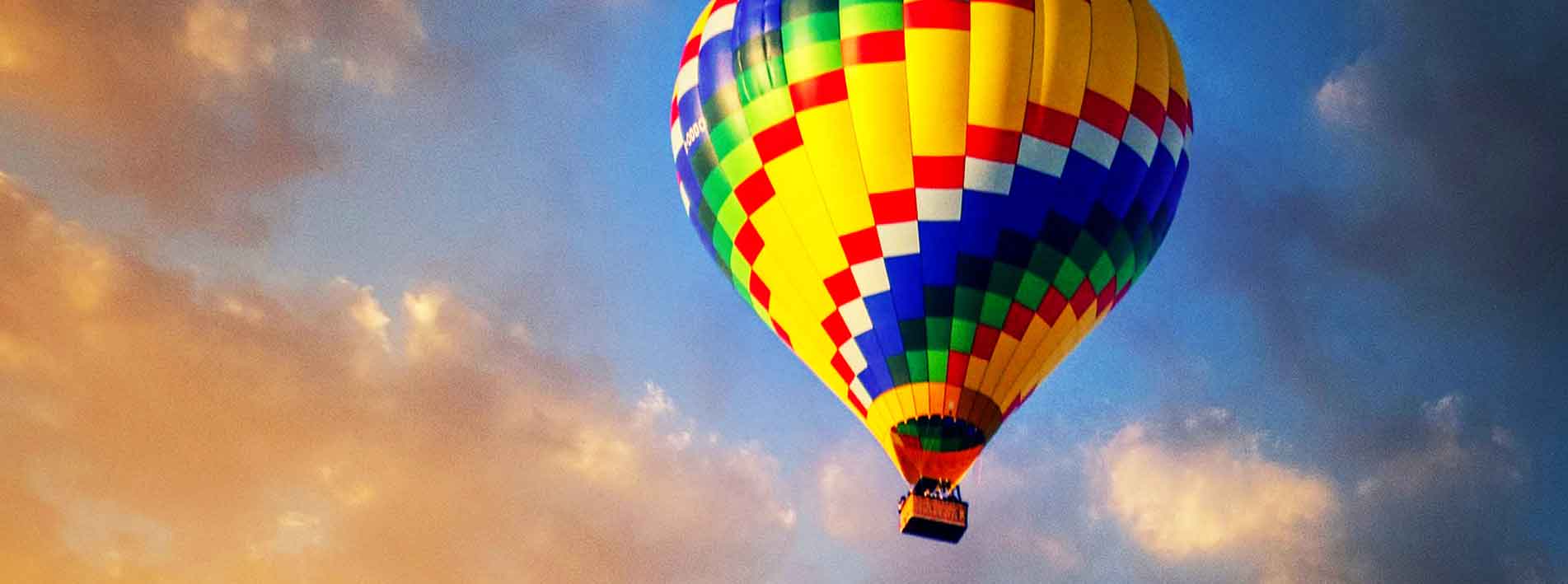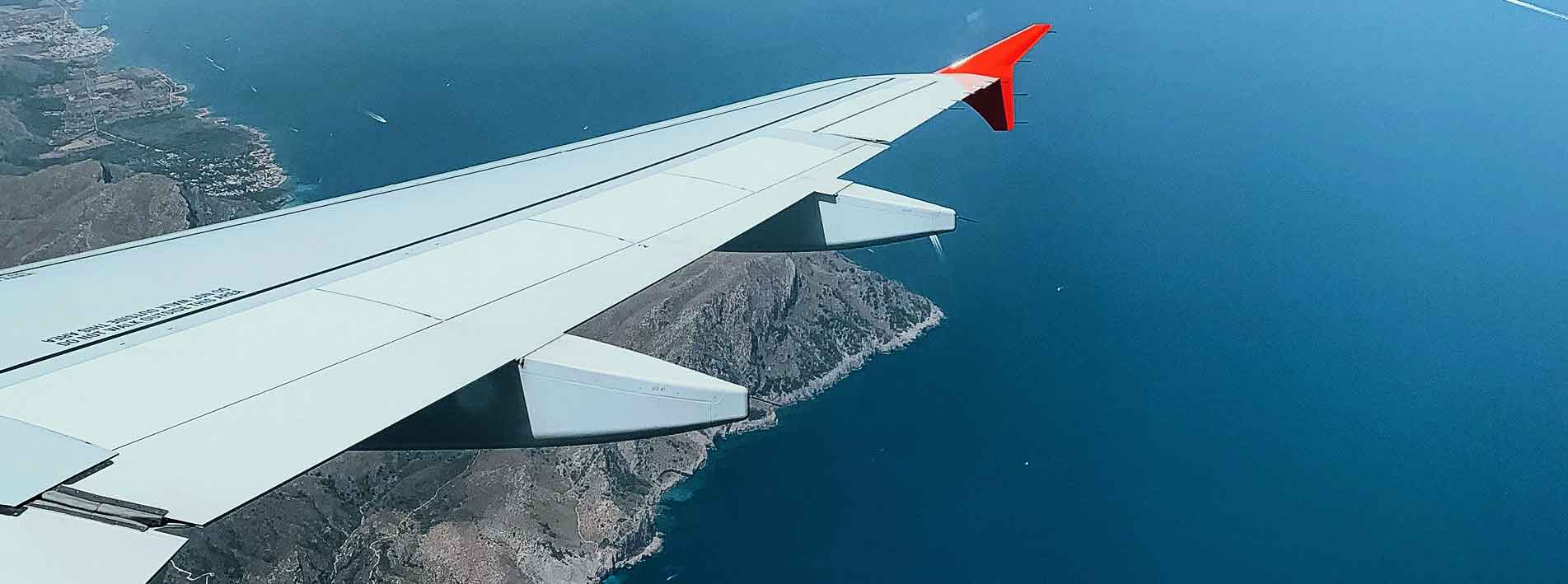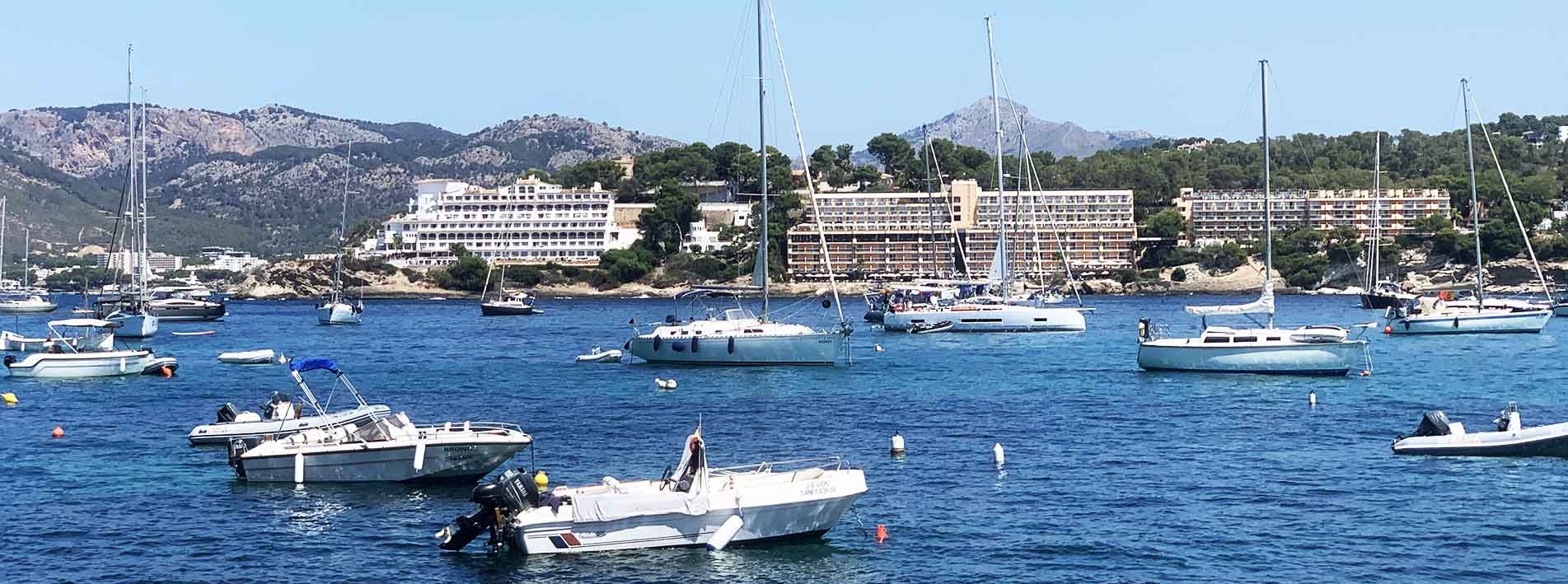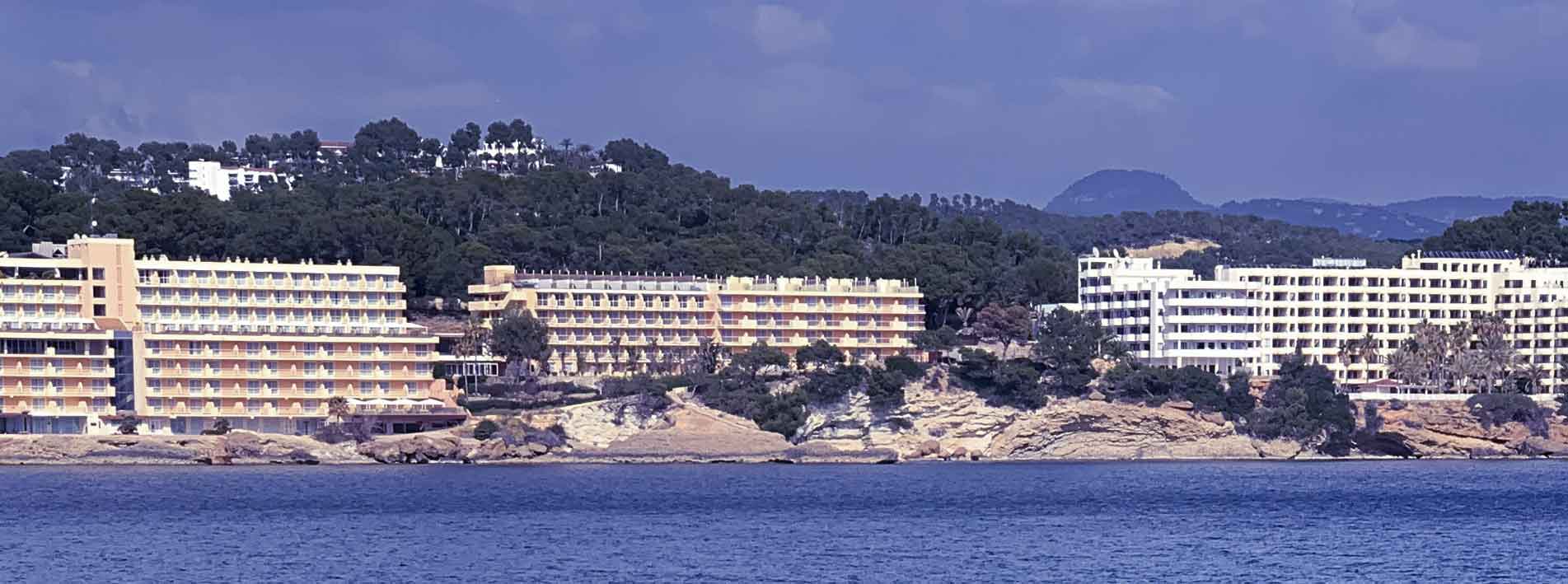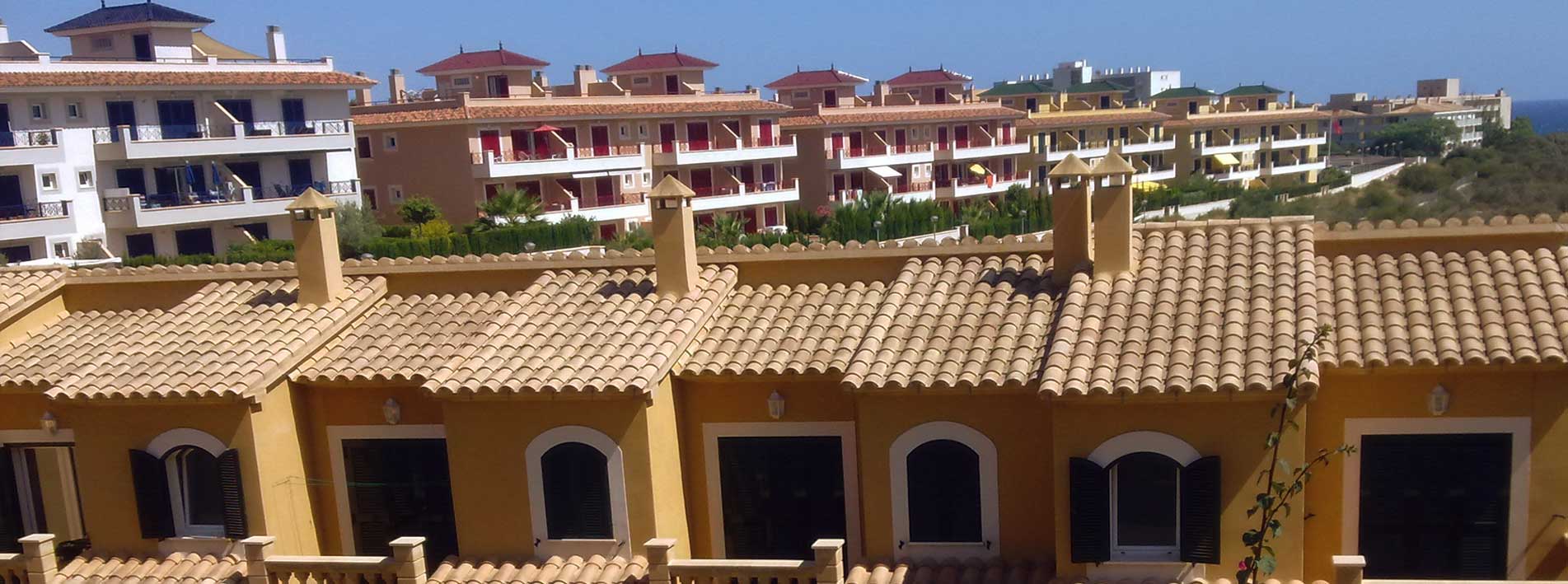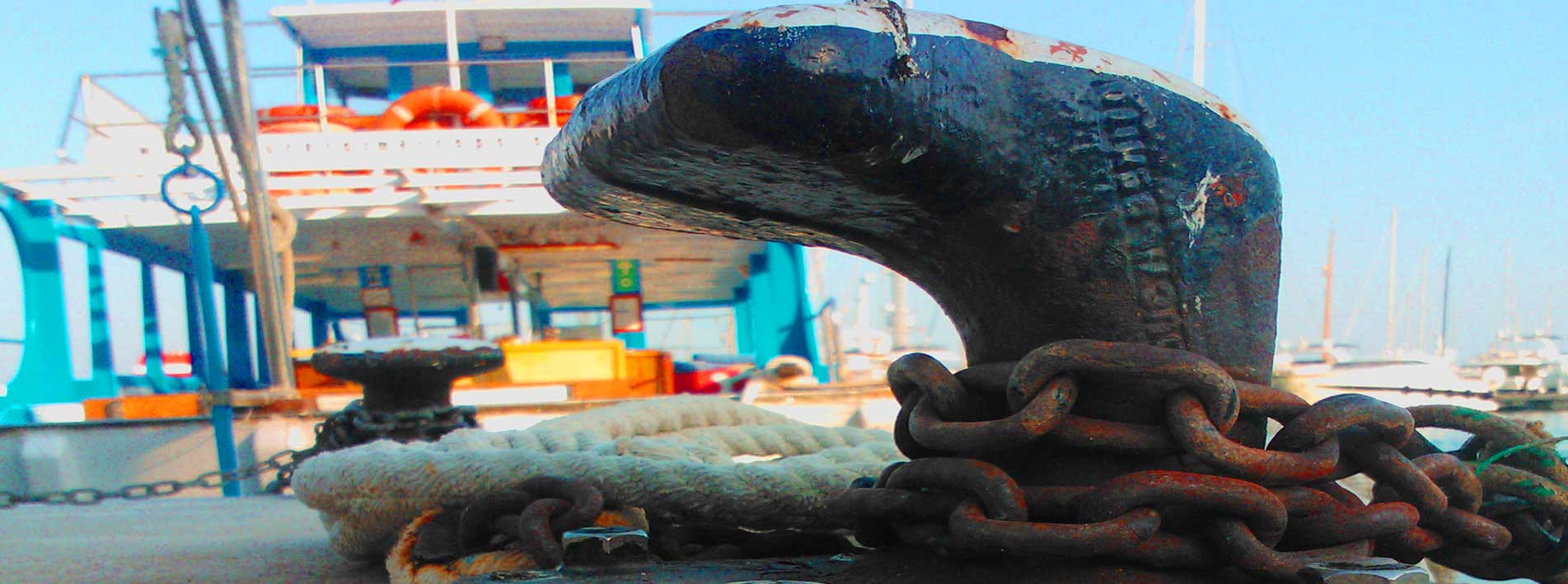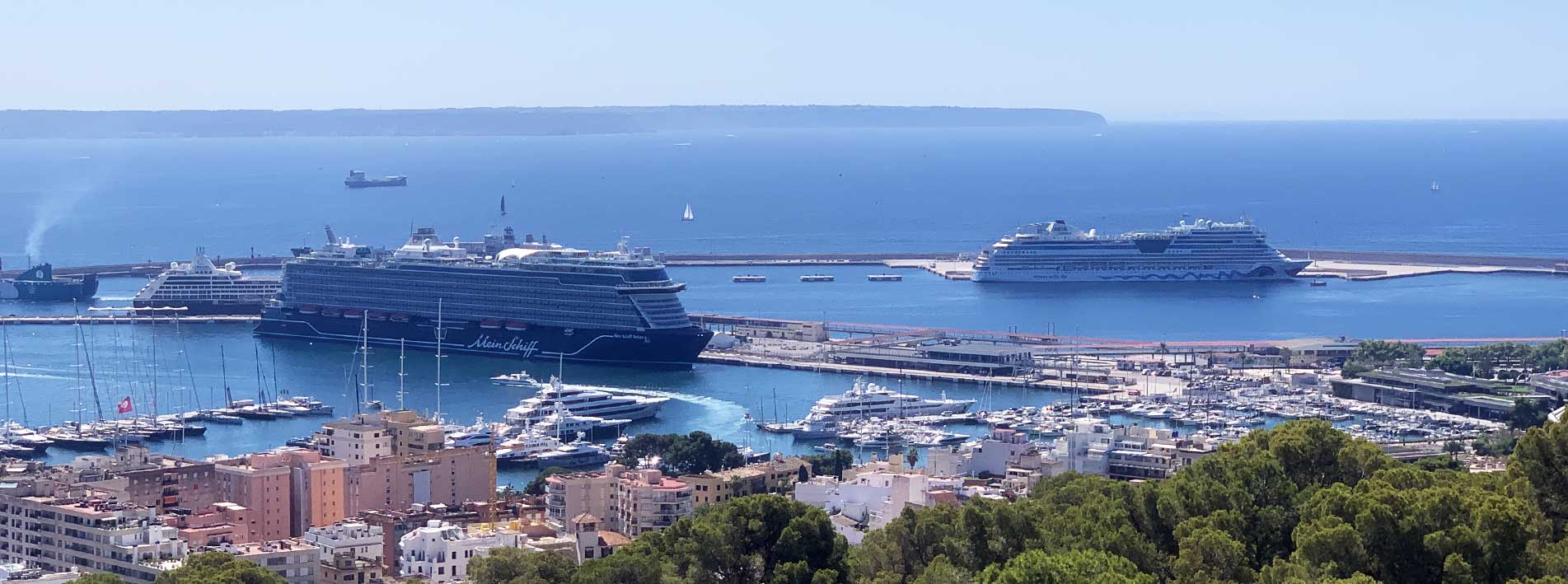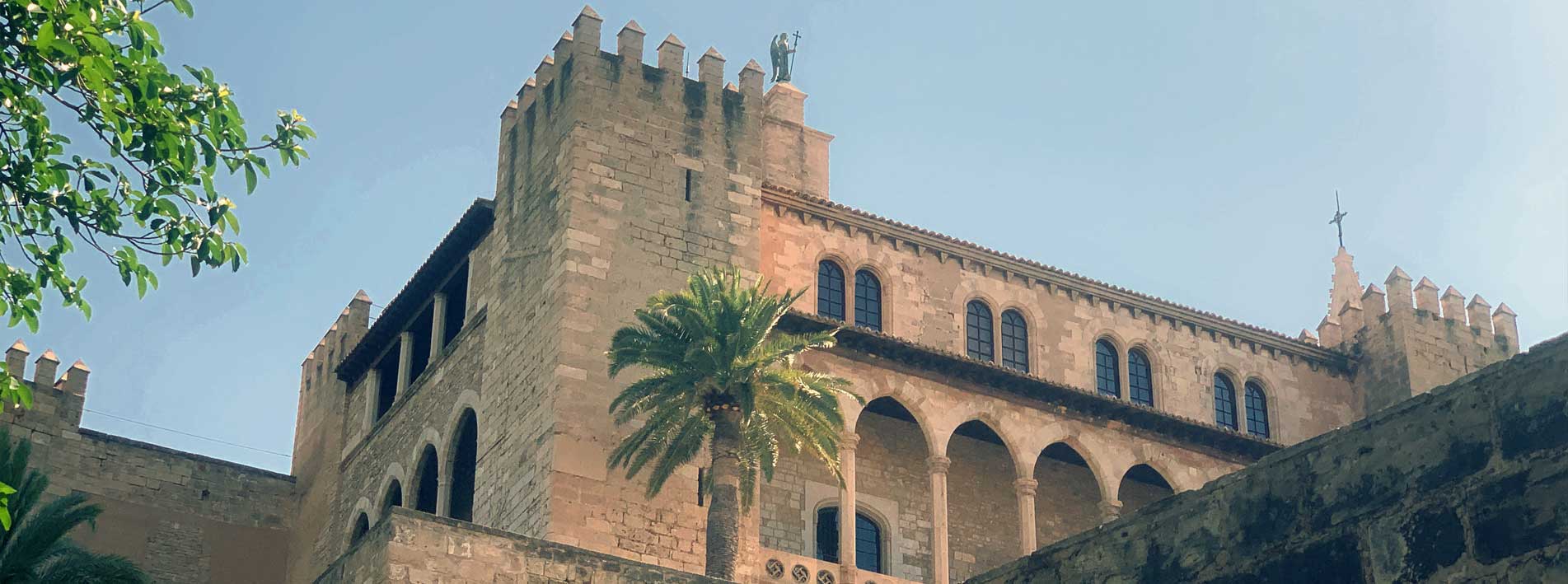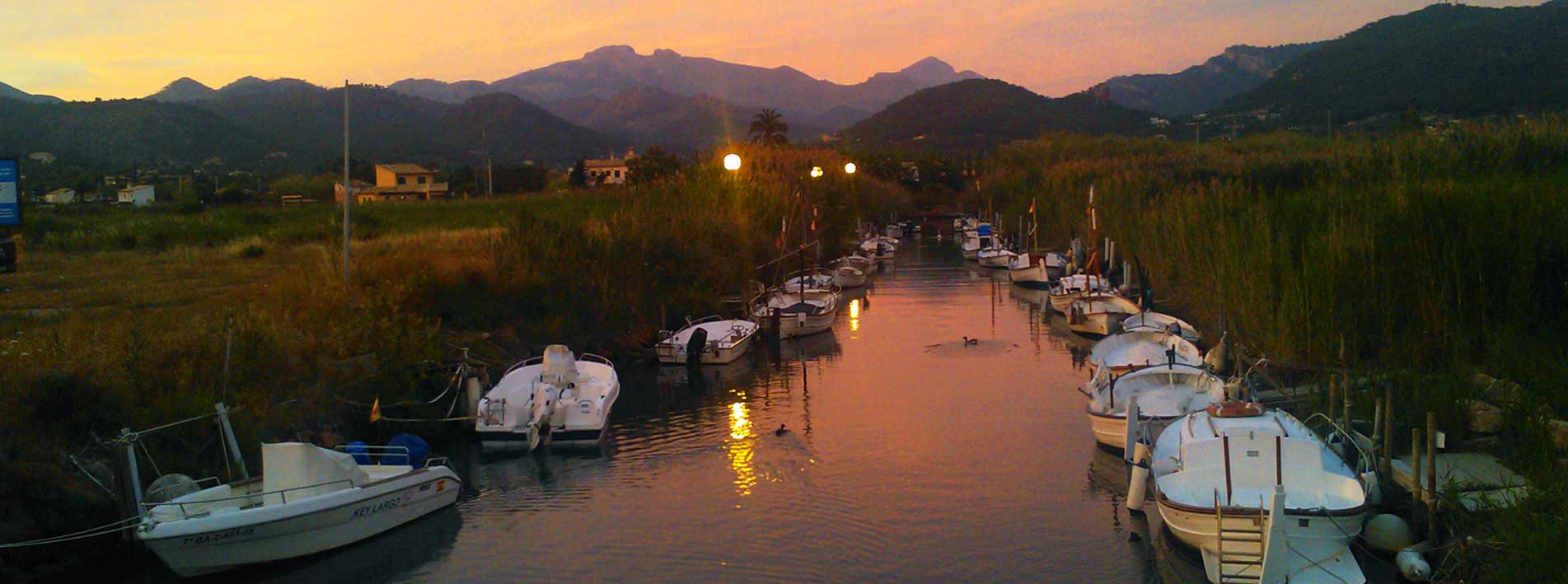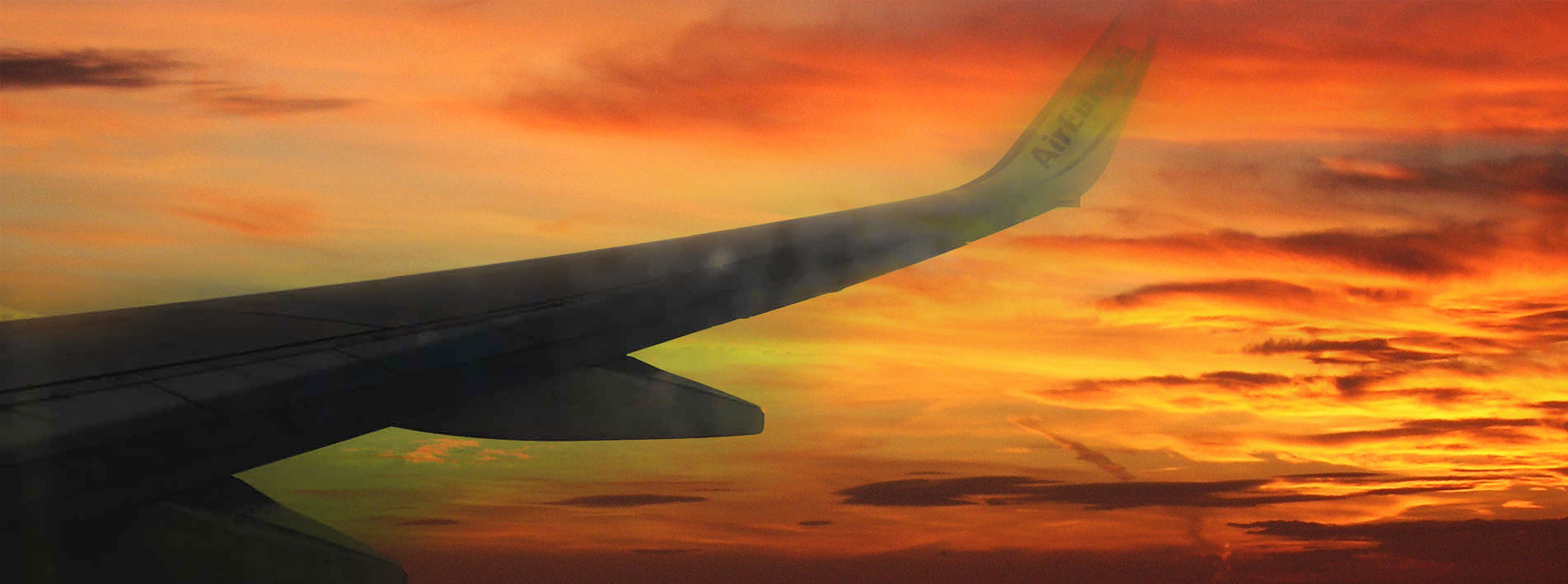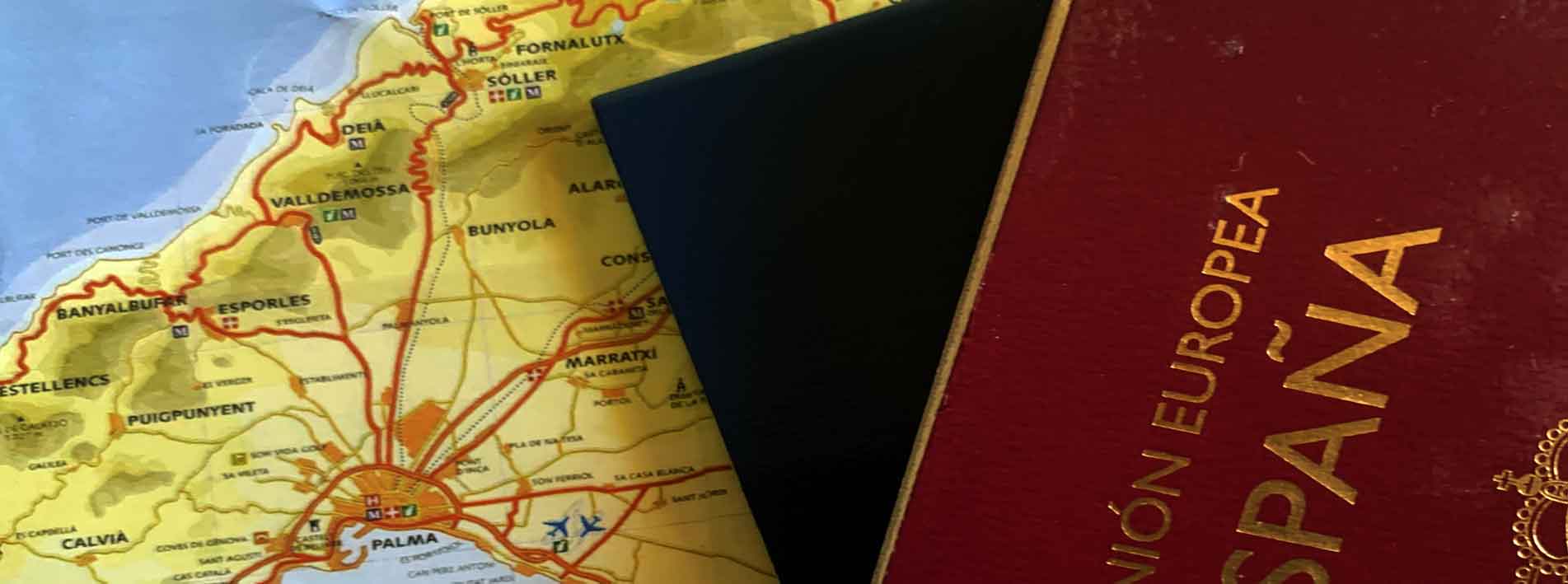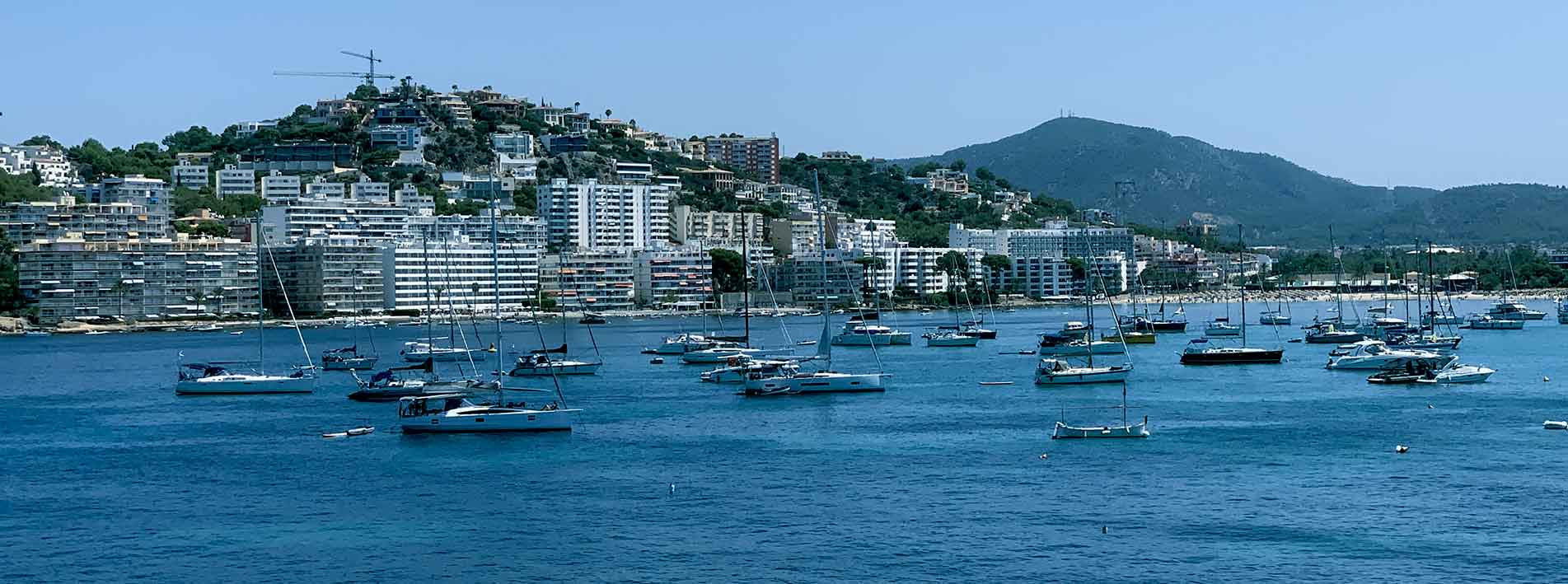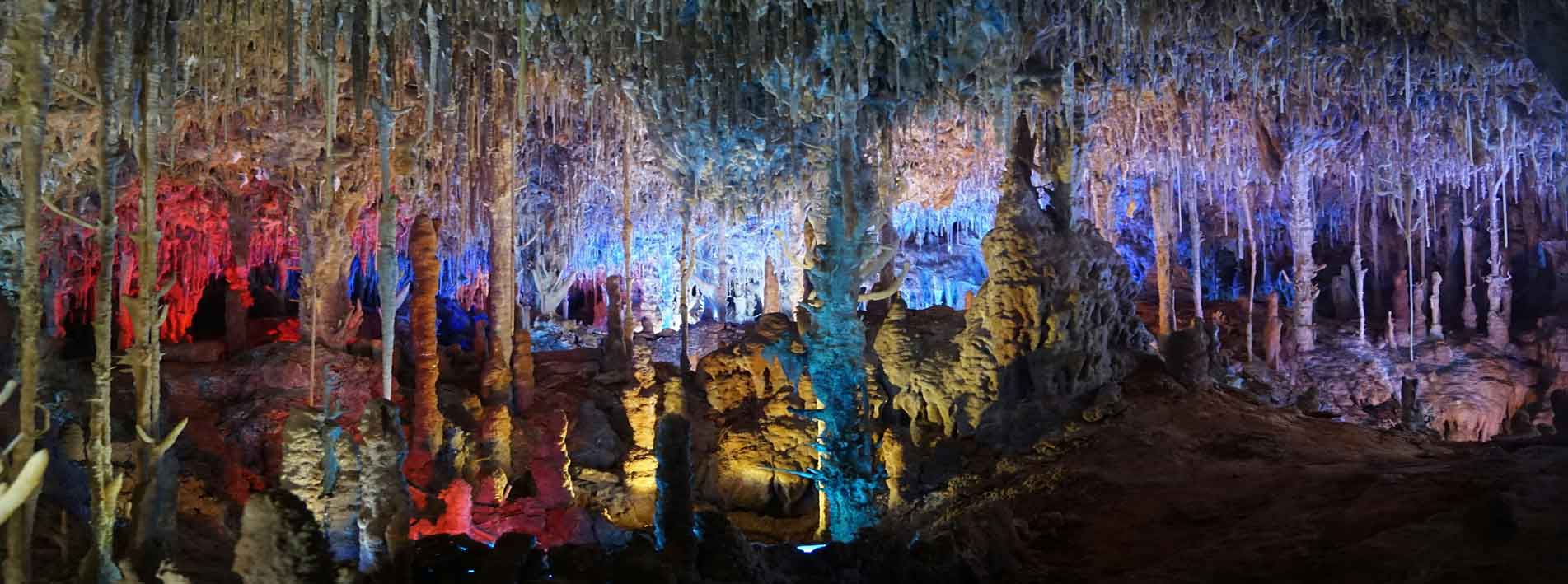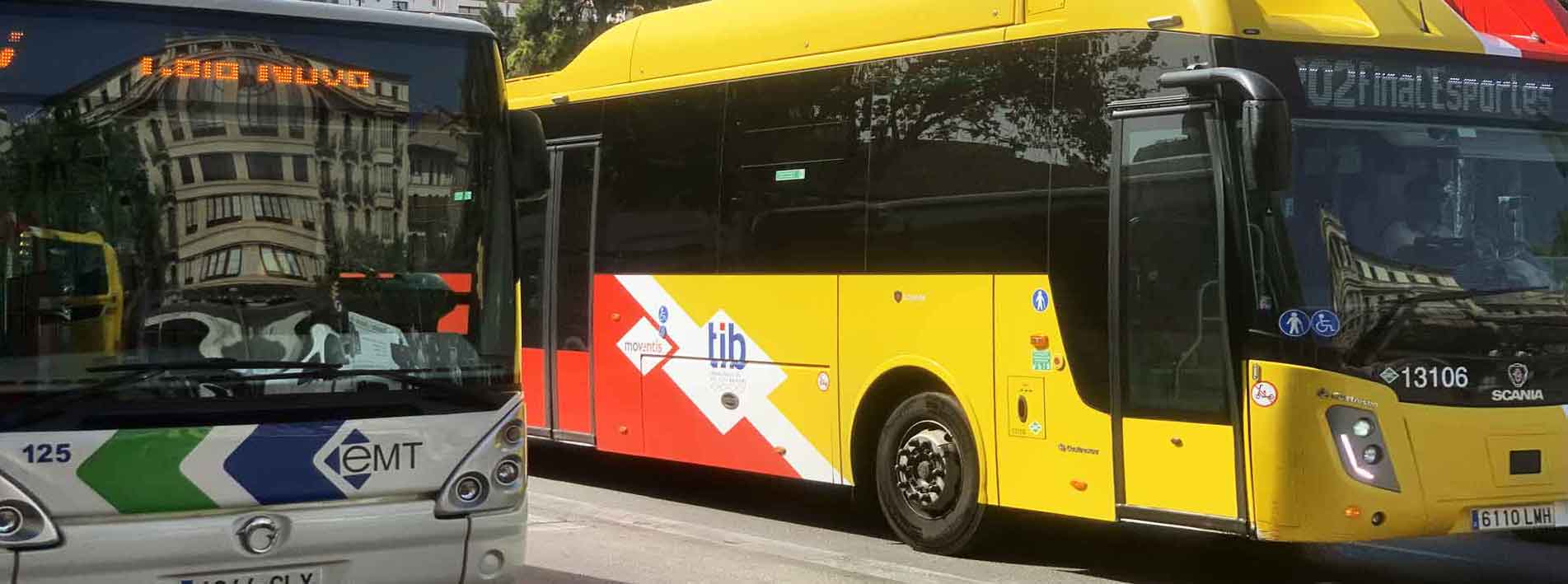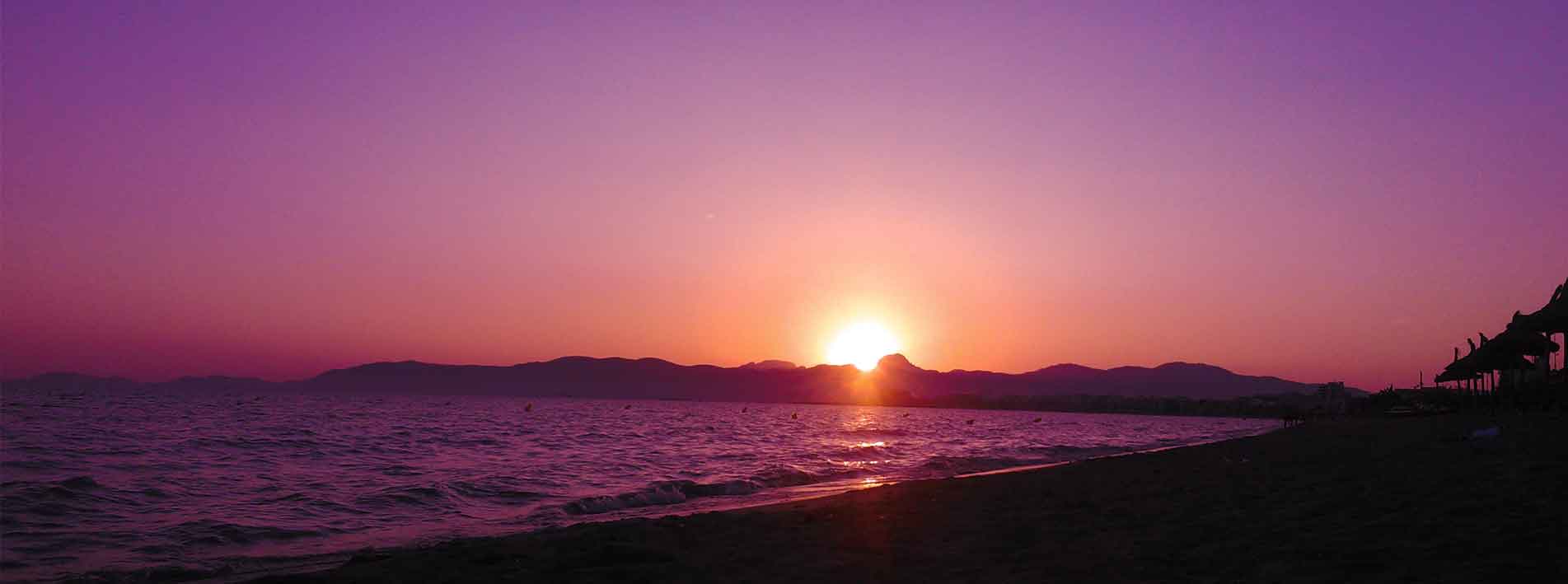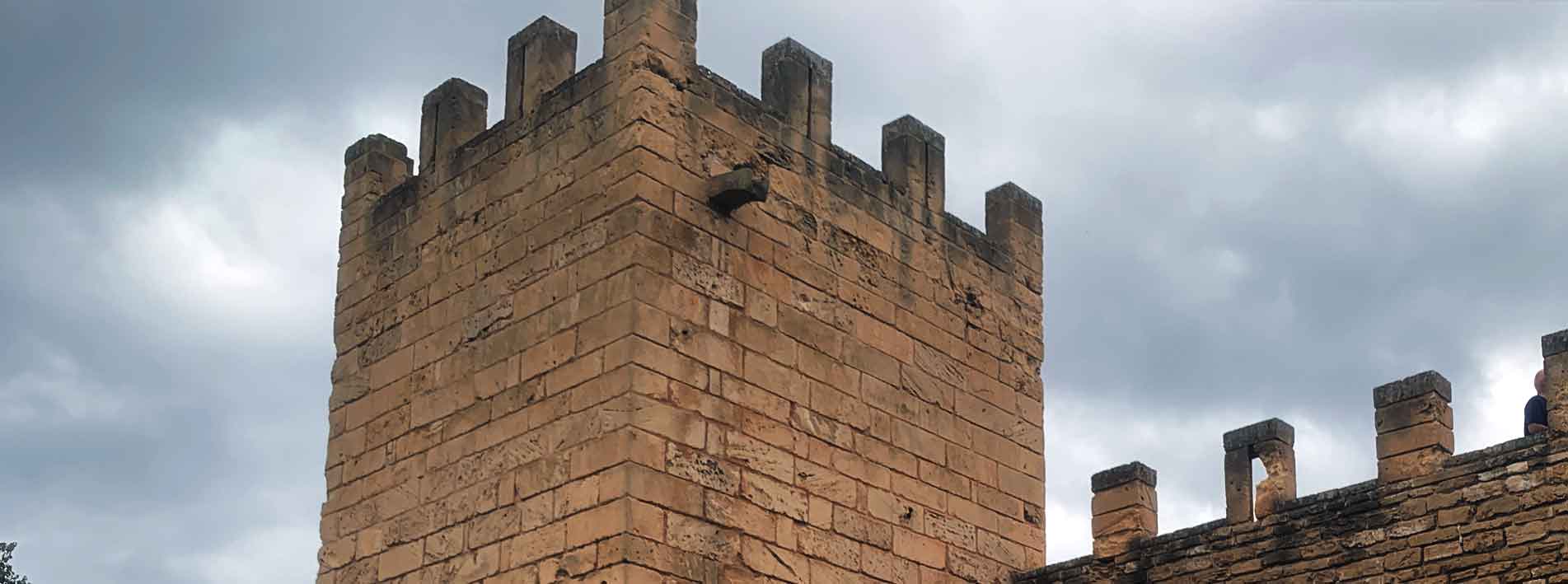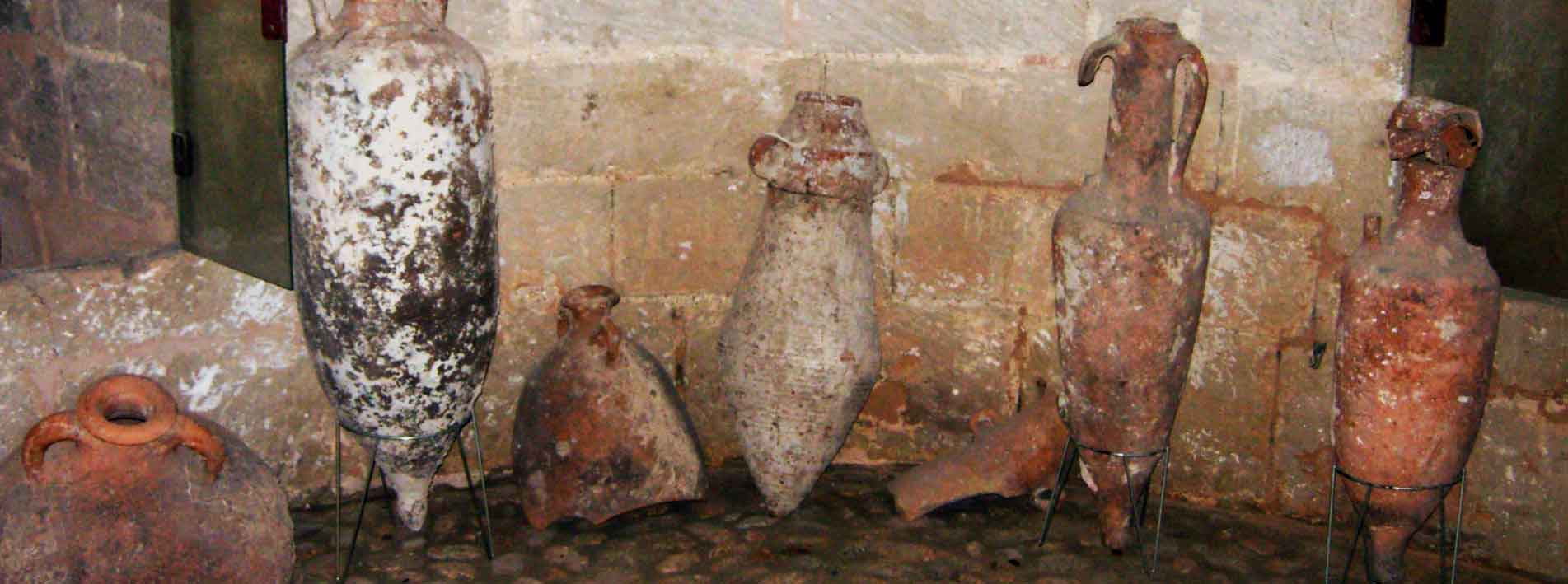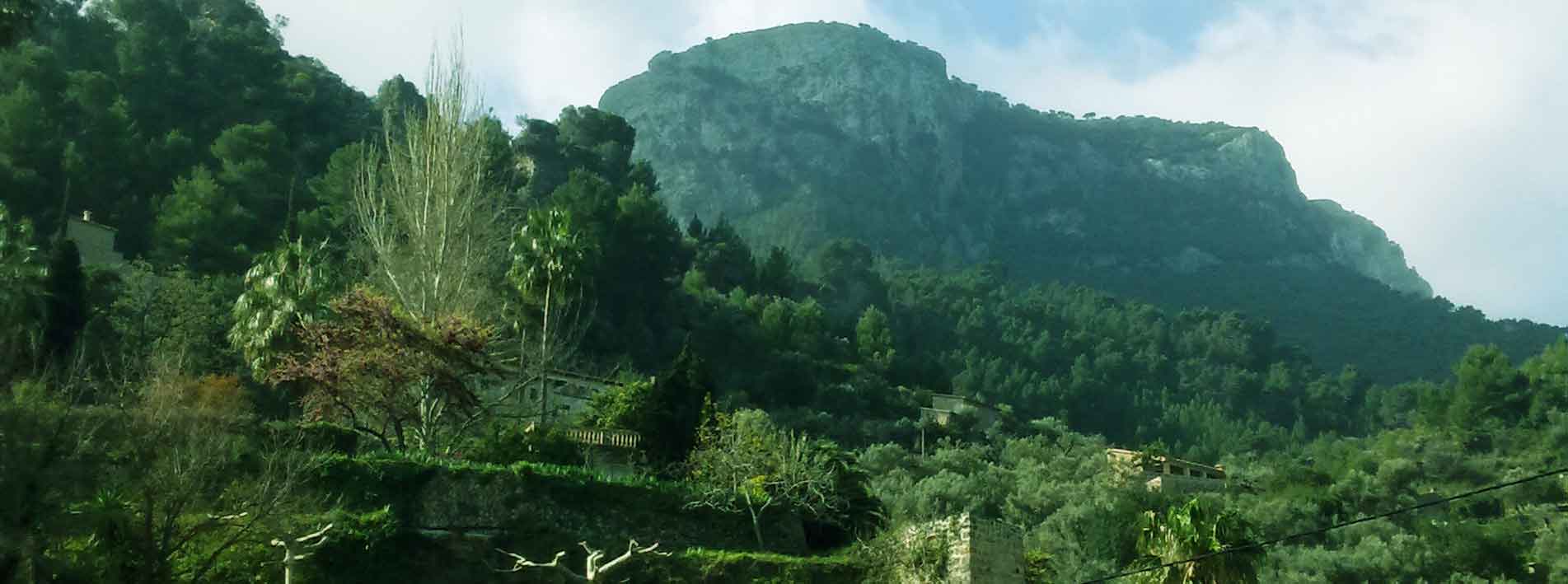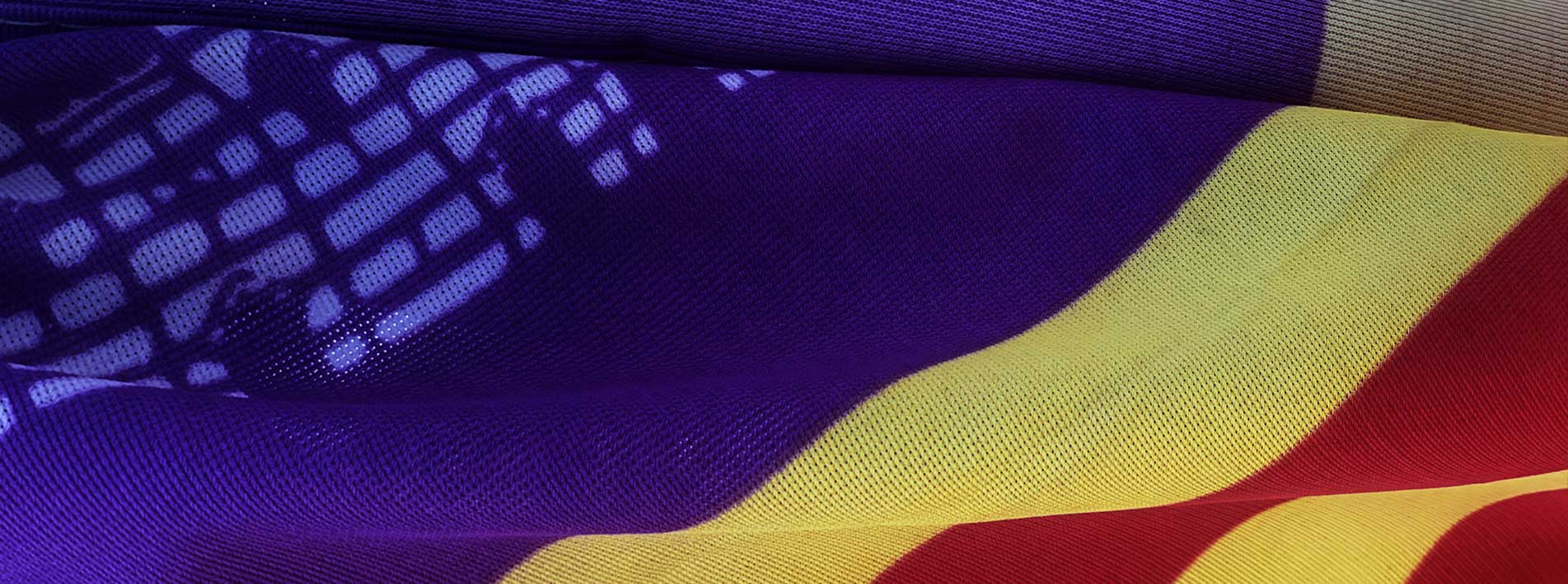Mallorca’s Albufera Natural Park
The Mallorca’s Albufera Natural Park is one of the most beautiful spots in the north of the island. Located in the Bay of Alcudia, the Mallorca’s Albufera Natural Park occupies an area that includes the municipalities of Alcudia, Muro and Sa Pobla. It covers a surface area of 1,687.65 hectares that constitute the habitat of an incredible variety of species of flora and fauna that in turn make up an important biodiversity.
Mallorca’s Albufera is the largest and most important wetland area in the Balearic Islands. This makes it the ideal home for the more than 300 species of birds that the five ornithological observation points have inventoried. Albufera is, therefore, an area of high ecological value and this is attested to by the conservationist declarations it has been awarded: ZEPA special protection area for birds (1987) and meadow of international importance by the Ramsar Convention. In 1988 it was declared a natural park, the first on the Mallorca island.
Mallorca’s Albufera, a ‘small sea’.
S’Albufera – which can be translated as ‘small sea’ in Arabic – was formed from an ancient lagoon separated from the sea by a barrier of dunes. Over the centuries (especially since the 19th century, due to human action), the sediments that have accumulated there have turned it into a marsh (a plain regularly flooded by seawater) covering an area of some 26 square kilometres.
Desiccation of the marshland of Mallorca’s Albufera
In the 19th century, for health reasons (fevers were frequent in the region), an attempt was made to drain the land in order to make it cultivable and to obtain salt. Following this plan, by 1871, 2146 hectares had been drained, but only 400 hectares were finally useful for cultivation, due to salinisation or constant water seepage. Most of the drained land was abandoned and returned to its natural state. So this initiative failed because of the poor ‘productivity of the land’. However, thanks to this we can enjoy the paths and bridges that were built and that today serve to access and visit the park.
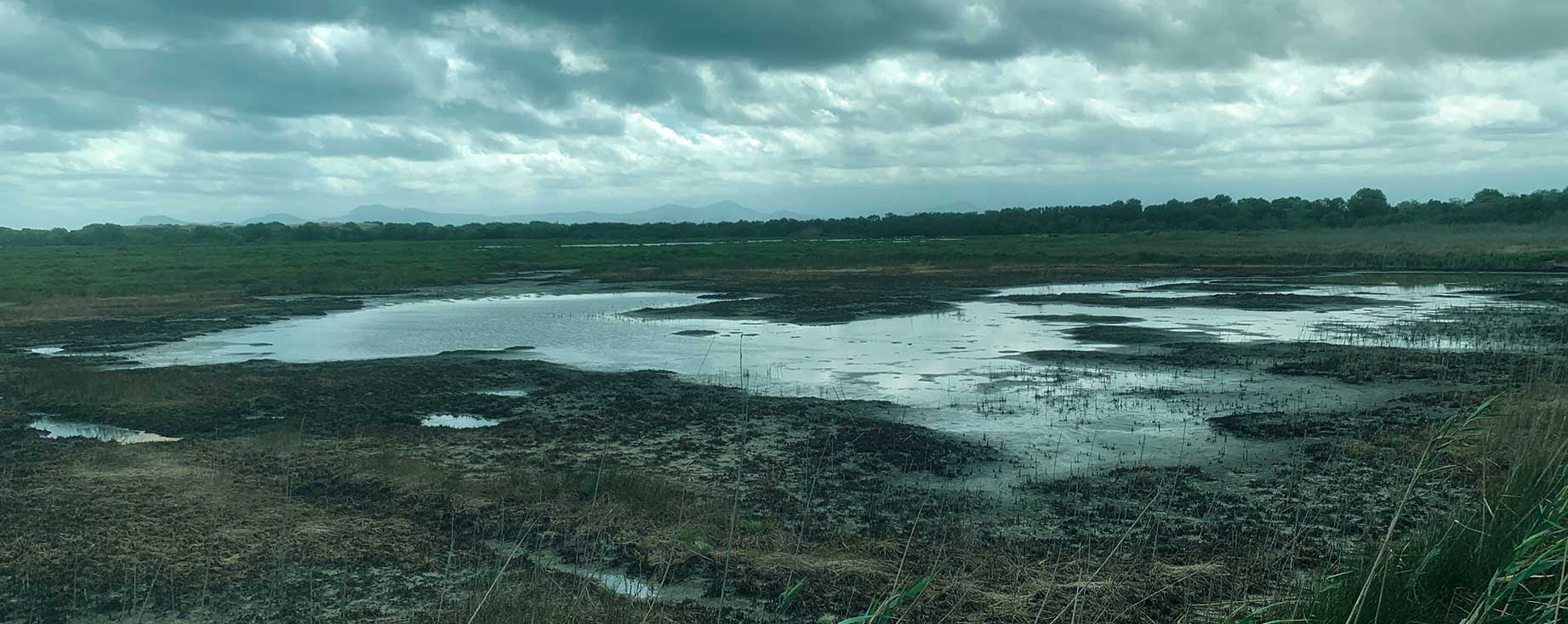
Mallorca’s Albufera: more than 300 bird species
Something that is very interesting in the history of Mallorca’s Albufera Natural Park is the list of bird species that the historian Joan Binimelis cites in his description of 1595, the oldest we know of. In it we can highlight the figure of the flamingo (understandable, knowing that in this wetland there used to be more brackish environments), the gall faver or common squid (previously cited by Pliny the Elder), the ganters (the ganta is the stork), the piules (whistling duck), the capblanc (probably the white-headed duck or Oxyura leucocephala), the bregats (they could be fighters or stilts) and, especially, the sisnes/cisnes (swans), which are very abundant and whose feathers are traded.
How to get to Mallorca’s Albufera?
The park is approximately 55 km from the centre of Palma de Mallorca. There are 4 ways to travel from the city centre to Mallorca’s Albufera:
By bus
From Estació Intermodal, Palma de Mallorca Intercity bus line 302 to bus stop S’albufera 2 (39007), Can Picafort.
Journey time: 1h 22min approx.
Walk 1 min approx. to the Parc.
Cost of the trip: 7-10 €.
By train + bus
Travel time: 2h 4min approx.
From Estació Intermodal, Palma de Mallorca, train line to Estació de sa Pobla.
Journey time: approx. 52min.
Transfer to Intercity bus, line 315 direction Alcúdia to bus stop S’albufera 1 (39006), Can Picafort.
Walk approx. 1 min. to the Parc.
Journey time: 37min Travel.
Travel cost: 8-11 €.
By car
Distance: 54,7 km
From the centre of Palma via Ma-13 and Ma-3470 to Mallorca’s Albufera Natural Park.
Travel time: 41min.
Cost of the trip: 9-13 € (in fuel).
By taxi
Distance: 54,7 km
From the centre of Palma via Ma-13 and Ma-3470 to Mallorca’s Albufera Natural Park.
Travel time: 41min.
Cost of the journey: 70-90 €.
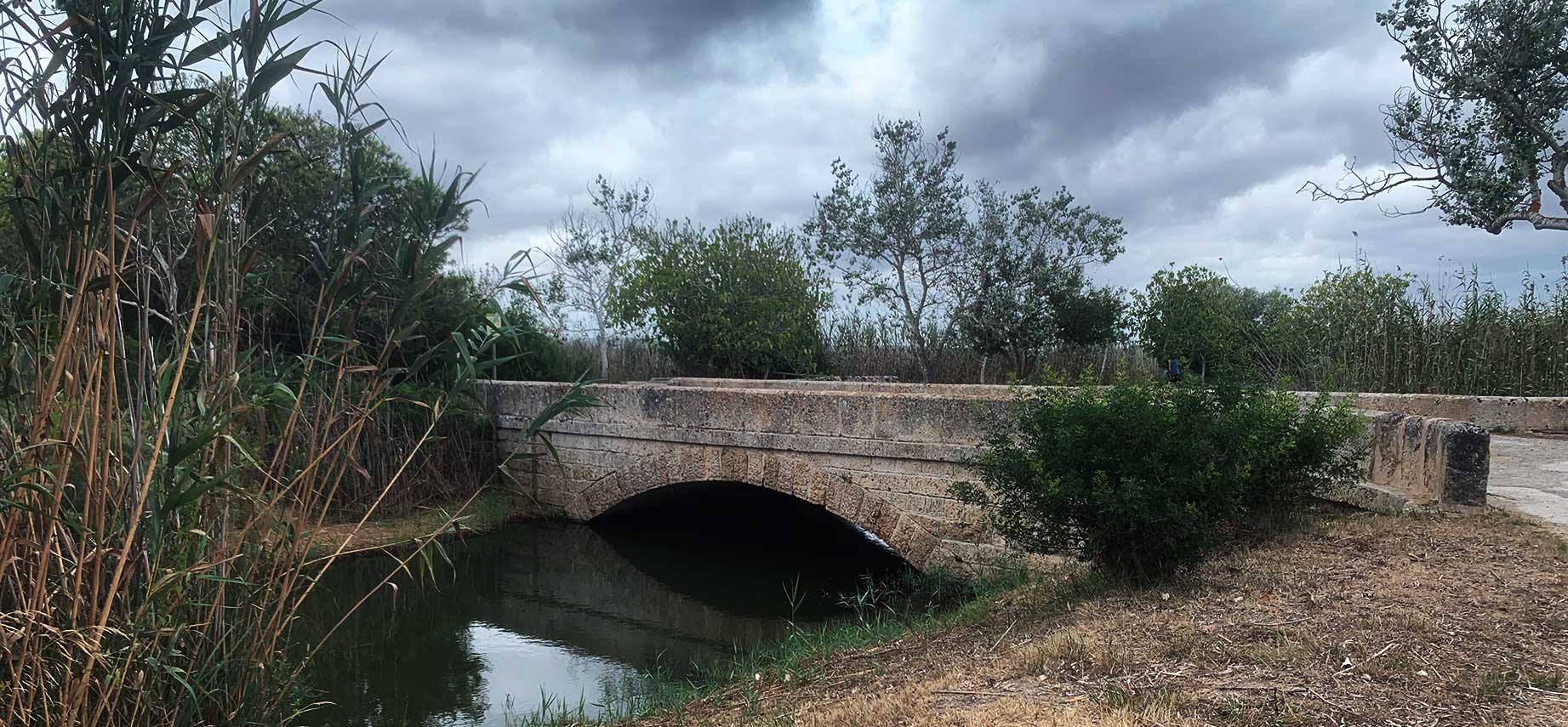 Visits to Mallorca’s Albufera Natural Park
Visits to Mallorca’s Albufera Natural Park
The Park is open to visitors from 9:00 am to 6:00 pm between 1 April and 30 September and from 9:00 am to 5:00 pm between 1 October and 31 March. A visitor’s permit (free of charge) is required and must be requested from the Reception Centre (open from 9am to 4pm all year round, except Christmas Day and New Year’s Day).
You can visit it on your own or take a guided tour led by the park’s own environmental instructors, especially recommended if you are interested in learning more about the birds that inhabit or frequent the S’Albufera park. However, guided tours only take place on Saturday mornings (between 10:00 and 12:00). You must make an appointment in advance by calling the Park’s telephone number: 971 892250. The meeting point is the reception centre.
The best time to visit Albufera Natural Park is in June or September, when the marshes are beautiful and the heat is not too hot. You will be walking a long time in the sun, so be careful and wear appropriate clothing and footwear.
Itineraries:
Es Colombars Itinerary: Following the same path, after 1 km, you will come to a turning to the left that will take you to the Colombars, just past a small bridge under which the Ferragut canal passes. Download the Es Colombars Itinerary here directly from the official website of the Government of the Balearic Islands.
Itinerary of sa Roca: Following the itinerary we will reach the hill of sa Roca, which is accessed after crossing a small wooden bridge. Download here the Itinerary of sa Roca directly from the official website of the Government of the Balearic Islands.
Es Cibollar Itinerary: Crossing the Grand Canal we come across another crossroads. Download here the Es Cibollar itinerary directly from the official website of the Government of the Balearic Islands.
Enmedio – ses Puntes path: You will reach the bridge of sa Font, under which the cleanest water in the park flows, coming from the fountain of San Juan (recommended by bicycle). Download here the Enmedio – ses Puntes path directly from the official website of the Government of the Balearic Islands.
By the way, are you coming to Mallorca on a holiday trip? If you find it helpful, you can also consult our travel guide to Mallorca and more tourist information about the island.
By loading this map, you agree to the privacy policy of OpenStreetMap Foundation.

